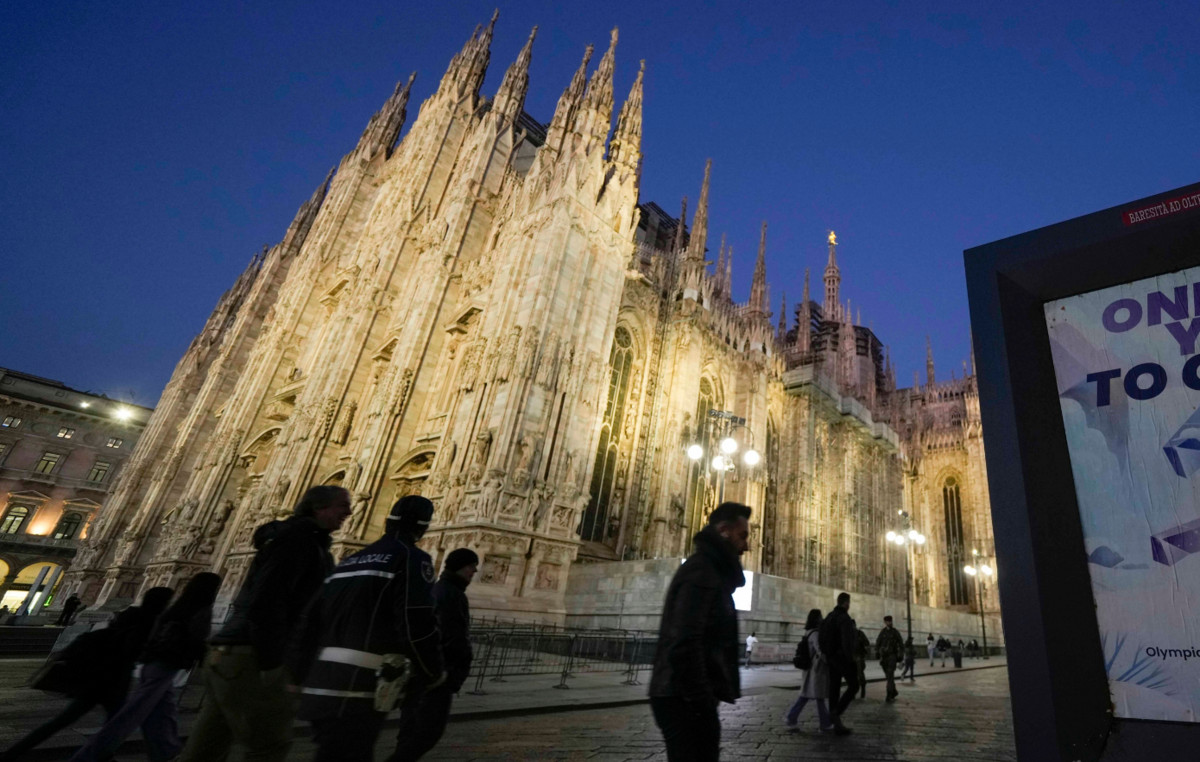In 2020, the year in which Covid-19 hit the economy worldwide, the Gross Domestic Product (GDP) of São Paulo fell 3.5% compared to 2019, reported this Wednesday (16) the Brazilian Institute of Geography and Statistics (IBGE), when releasing the 2020 Regional Accounts.
On the 4th, the IBGE revised the drop in aggregate GDP for 2020 compared to 2019 to 3.3%, compared to 3.9% in the previous estimate, based on the Quarterly Accounts. This aggregate decrease was observed in 24 of the 27 states, including the Federal District (DF).
Despite the pandemic, the GDPs of Mato Grosso do Sul (0.2% compared to 2019) and Roraima (0.1%) grew. Mato Grosso’s GDP was stable compared to 2019.
The worst regional performance in 2020 was registered in Rio Grande do Sul, where GDP fell by 7.2%. In second place, Ceará saw its GDP fall by 5.7%.
Also performing worse than the average (the aggregate drop of 3.3%) were Rio Grande do Norte (-5.0%), Espírito Santo (-4.4%), Rondônia (-4.4%) and Bahia (-4.4%).
The other retreats were in Alagoas (-4.2%), Acre (-4.2%), Pernambuco (-4.1%%), Paraíba (-4.0%), Piauí (-3.5%), in addition to from São Paulo (-3.5%).
In addition, the growth and stability verified in Mato Grosso do Sul, Roraima and Mato Grosso, had better performances than the national average Minas Gerais (-3.0%), Rio de Janeiro (-2.9%), Federal District ( -2.6%), Amazonas (-1.7%), Goiás (-1.3%) and Pará (-0.2%).
According to the IBGE, in the transition from 2019 to 2020, the GDP of the Southeast lost 1.1 percentage points (pp) of participation in the national aggregate, remaining with 51.9% of the total.
There was an increase of 0.6 pp in the North region, to 6.3%, and of 0.5 pp in the Midwest, to 10.4%. The South maintained its participation, with 17.2% of the national GDP, and the Northeast also had the same 14.2%.
With 31.2% of the total economy in Brazil, São Paulo is still the largest regional GDP, but lost 0.6 pp of its share from 2019 to 2020.
Source: CNN Brasil
A journalist with over 7 years of experience in the news industry, currently working at World Stock Market as an author for the Entertainment section and also contributing to the Economics or finance section on a part-time basis. Has a passion for Entertainment and fashion topics, and has put in a lot of research and effort to provide accurate information to readers.







